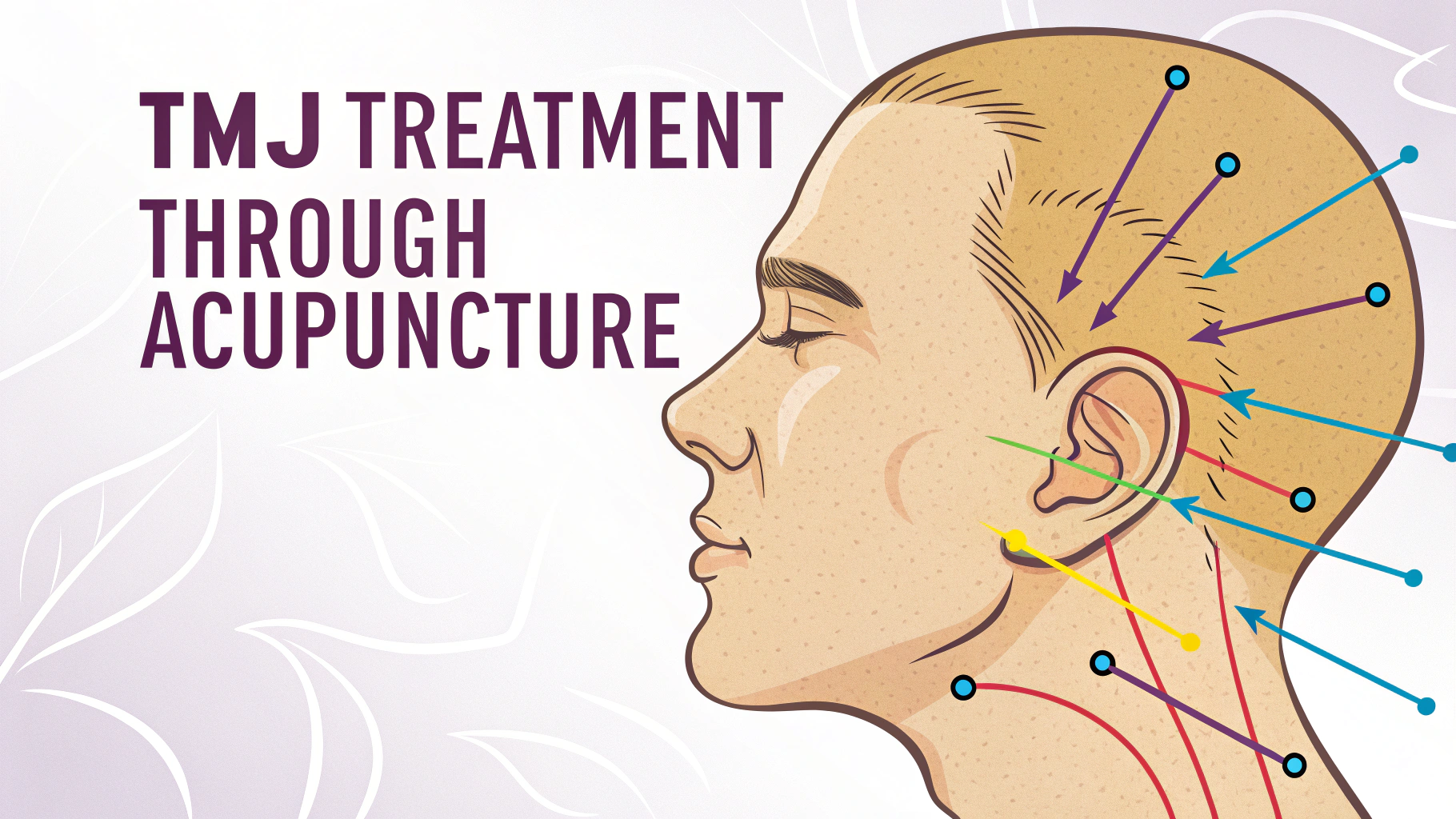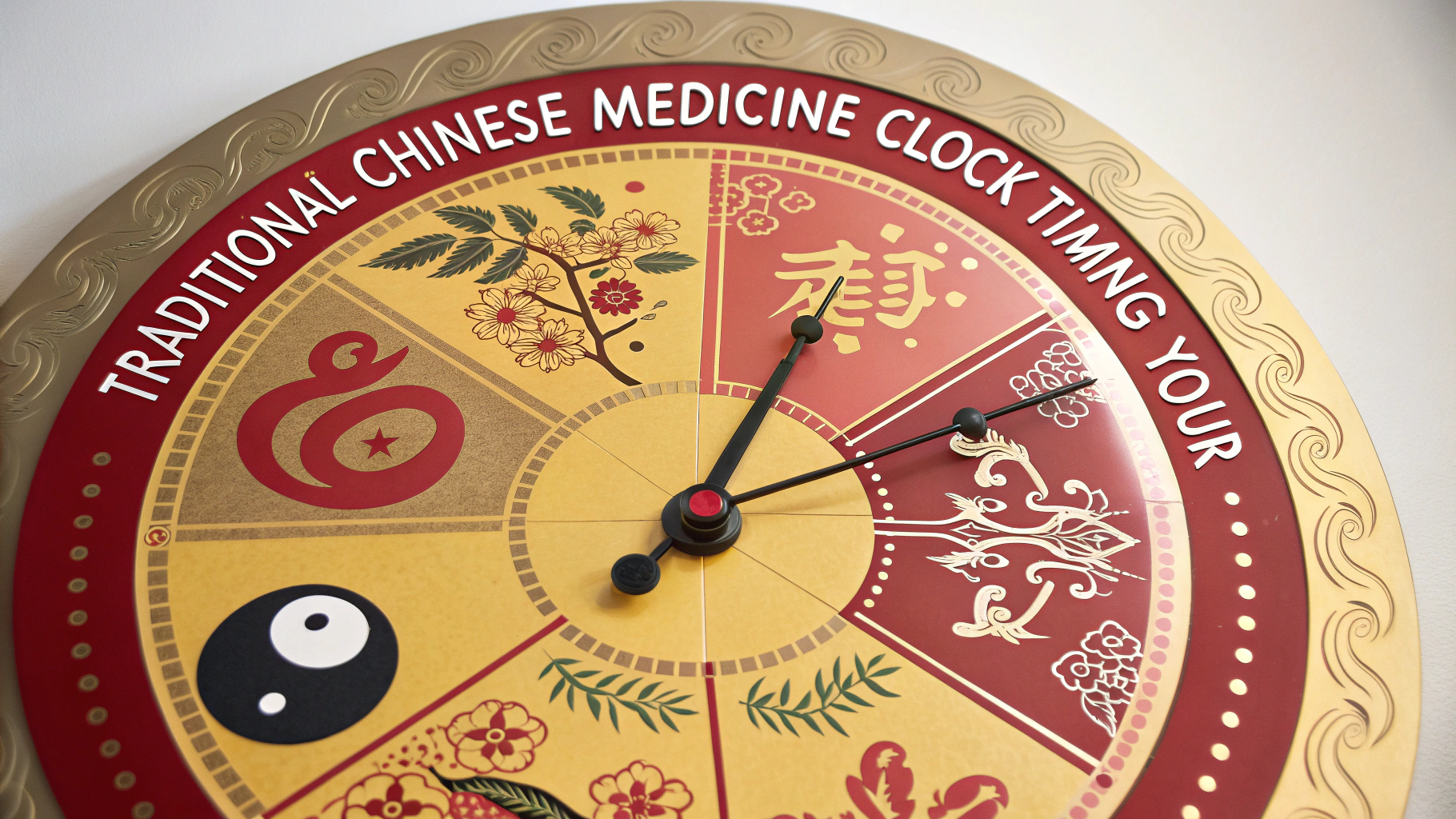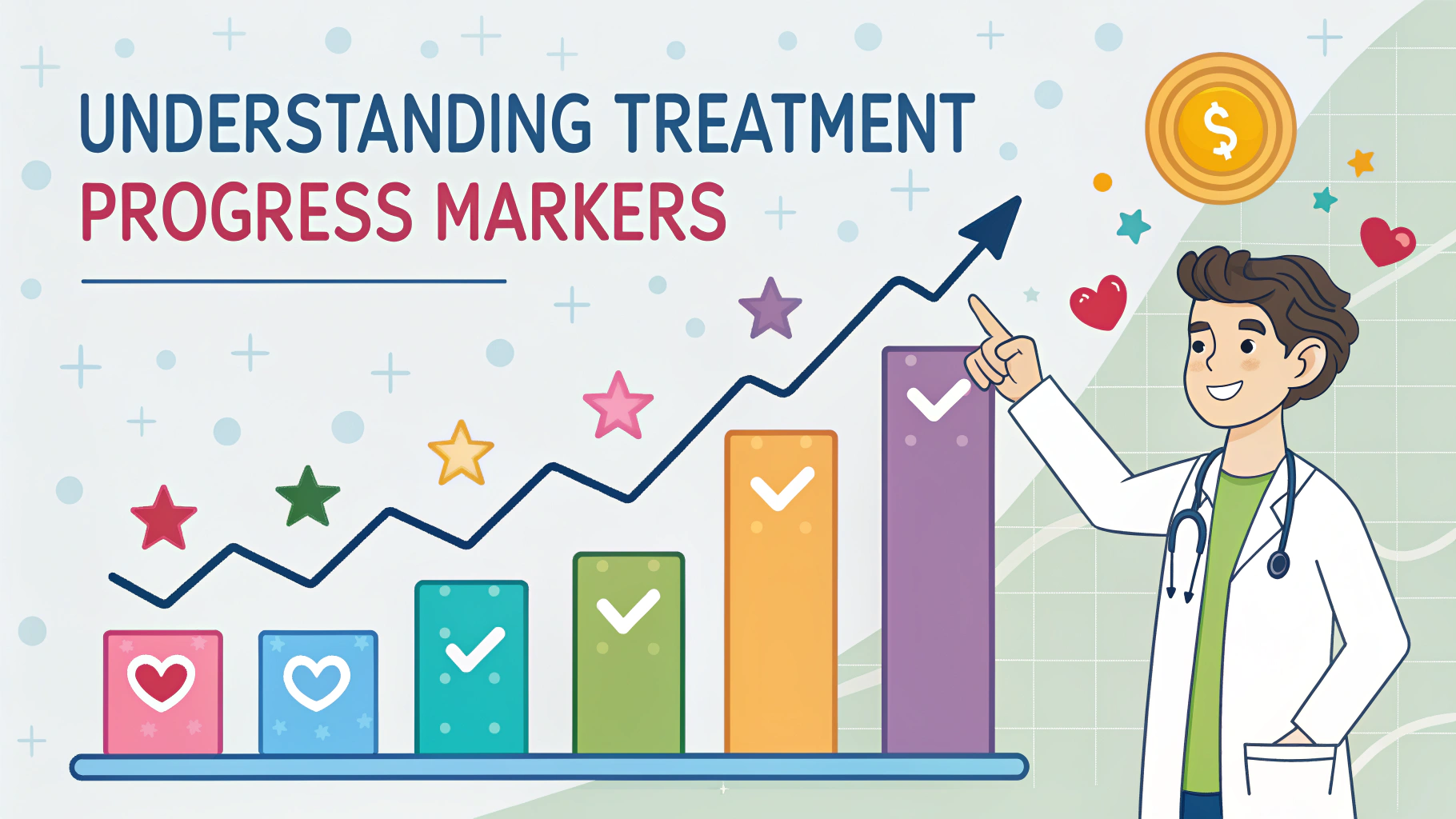Planning effective acupuncture treatments requires careful consideration of individual health needs, budget constraints, and treatment frequency to achieve optimal results.
A well-structured treatment plan can significantly reduce costs while maintaining the therapeutic benefits of acupuncture therapy.
Understanding how to maximize each session and work with practitioners can help patients develop an affordable, sustainable approach to acupuncture care.
Initial Assessment and Planning
- Schedule a detailed consultation with your acupuncturist
- Discuss your specific health concerns and treatment goals
- Request a written treatment plan with estimated duration
- Ask about package pricing options
Treatment Frequency Guidelines
| Condition Type | Recommended Frequency | Expected Duration |
|---|---|---|
| Acute conditions | 2-3 times per week | 2-4 weeks |
| Chronic conditions | 1-2 times per week | 8-12 weeks |
| Maintenance | Monthly | Ongoing |
Cost-Saving Strategies
- Ask about sliding scale payment options
- Look for community acupuncture clinics ($15-45 per session)
- Check insurance coverage for acupuncture treatments
- Consider treatment packages for bulk discounts
- Use HSA/FSA accounts for payment
Maximizing Treatment Benefits
Arrive 10-15 minutes early to reduce stress and enhance treatment effectiveness.
Stay well-hydrated before and after treatments.
Follow your practitioner’s lifestyle and dietary recommendations between sessions.
Finding Affordable Providers
- Contact NCCAOM for certified practitioners
- Research teaching clinics at acupuncture schools
- Check local community acupuncture networks
- Compare rates among different practitioners
Treatment Documentation and Progress
Keep a symptom diary to track improvements and discuss with your practitioner.
Take photos of any visible conditions to monitor progress.
Record any changes in medication or supplement needs.
Next Steps for Your Acupuncture Journey
Research local practitioners and schedule initial consultations with 2-3 providers.
Prepare questions about treatment plans and payment options.
Set realistic health goals and timeline expectations with your chosen practitioner.
Communication with Practitioners
Maintain open dialogue with your acupuncturist about treatment progress and concerns.
Discuss any changes in your health status or medications promptly.
Ask questions about specific techniques and their intended benefits.
Lifestyle Integration
Daily Practices
- Follow recommended stretching exercises
- Practice suggested breathing techniques
- Maintain consistent sleep schedule
- Adopt dietary modifications
Complementary Therapies
- Chinese herbal medicine
- Cupping therapy
- Meditation practices
- Gentle exercise routines
Long-term Management
Develop a sustainable treatment schedule that fits your lifestyle and budget.
Adjust frequency based on symptom improvements and maintenance needs.
Consider seasonal treatments for preventive care.
Insurance and Documentation
- Keep detailed records of all treatments
- Document out-of-pocket expenses
- Request proper coding for insurance claims
- Maintain copies of all medical necessity letters
Building Your Wellness Partnership
Successful acupuncture treatment requires a collaborative approach between patient and practitioner. By following these guidelines, maintaining clear communication, and staying committed to your treatment plan, you can achieve optimal results while managing costs effectively.
Remember that healing is a journey, and acupuncture offers a time-tested path to improved health and wellness when approached with proper planning and dedication.
Take the first step by researching qualified practitioners in your area and begin your path to balanced, sustainable healthcare.
FAQs
- How many acupuncture sessions are typically needed for effective treatment?
For acute conditions, 6-8 sessions may be sufficient, while chronic conditions might require 10-12 sessions initially. Maintenance treatments may be needed every 4-6 weeks after the initial course. - What is the average cost of an acupuncture session?
Acupuncture sessions typically range from $50-150 per treatment, with initial consultations often costing more. Some insurance plans now cover acupuncture treatments. - Is acupuncture covered by health insurance?
Many insurance providers now cover acupuncture, especially for chronic pain conditions. Coverage varies by provider and plan, with some requiring pre-authorization or referrals. - How long does each acupuncture session last?
A typical session lasts 30-60 minutes, with the first visit usually taking longer (60-90 minutes) due to initial consultation and health assessment. - What conditions can acupuncture effectively treat?
Acupuncture is recognized for treating chronic pain, migraines, anxiety, depression, nausea, arthritis, insomnia, and fertility issues, among other conditions. - Are there any ways to make acupuncture treatment more affordable?
Yes, options include community acupuncture clinics, package deals, sliding scale fees, treatment through acupuncture schools, and using FSA/HSA accounts. - How soon can results be expected from acupuncture treatment?
Some patients experience immediate relief, while others may need 3-5 sessions before noticing significant improvement. Chronic conditions typically require longer treatment plans. - What factors should be considered when creating an acupuncture treatment plan?
Key factors include the condition’s severity, duration, treatment goals, budget constraints, practitioner availability, and any concurrent medical treatments. - Do I need a referral from my doctor to start acupuncture treatment?
Most acupuncturists don’t require physician referrals, but some insurance providers may require one for coverage. It’s advisable to consult your primary care physician first. - How can I verify an acupuncturist’s credentials?
Look for certification from the National Certification Commission for Acupuncture and Oriental Medicine (NCCAOM) and state licensure. You can verify these credentials through state licensing boards.








